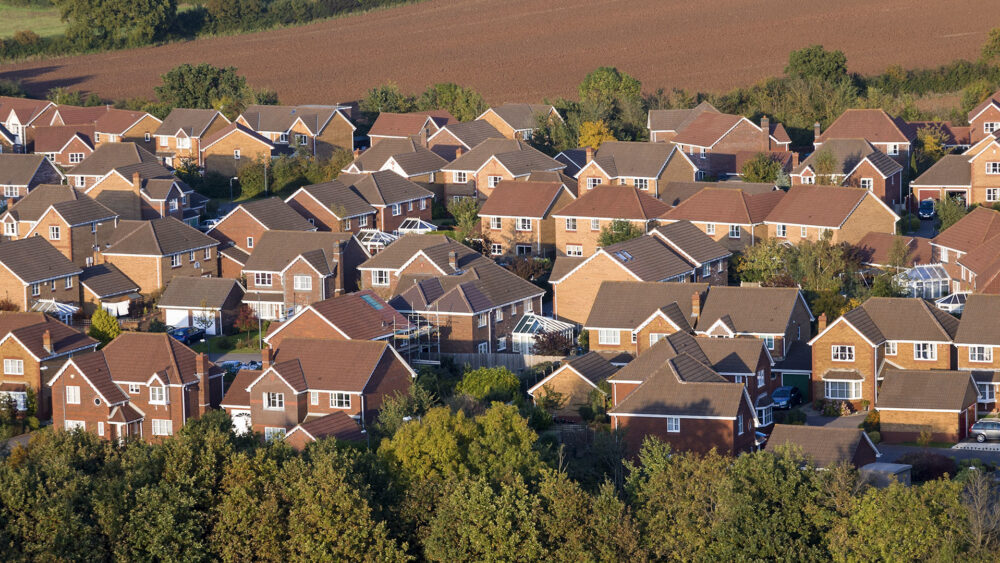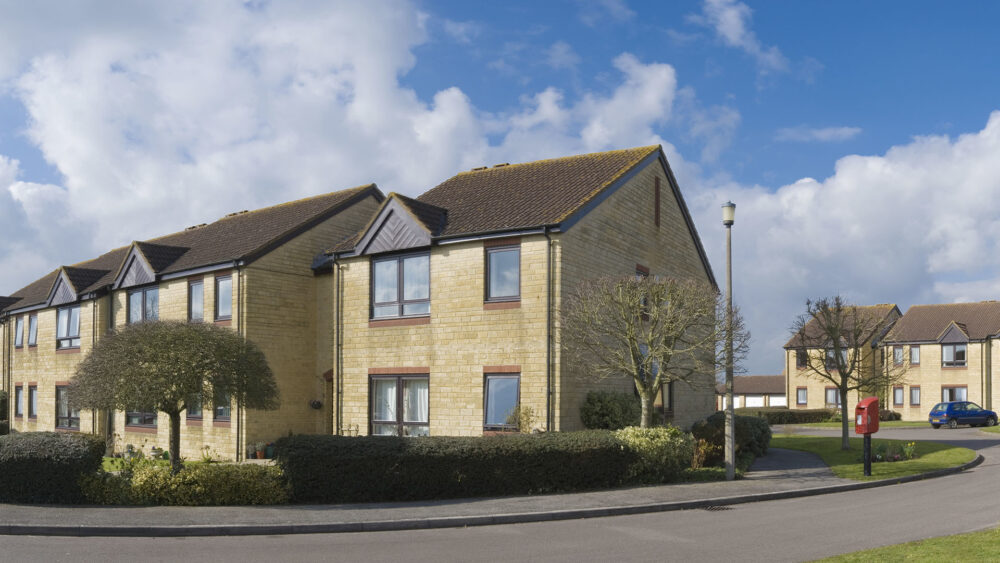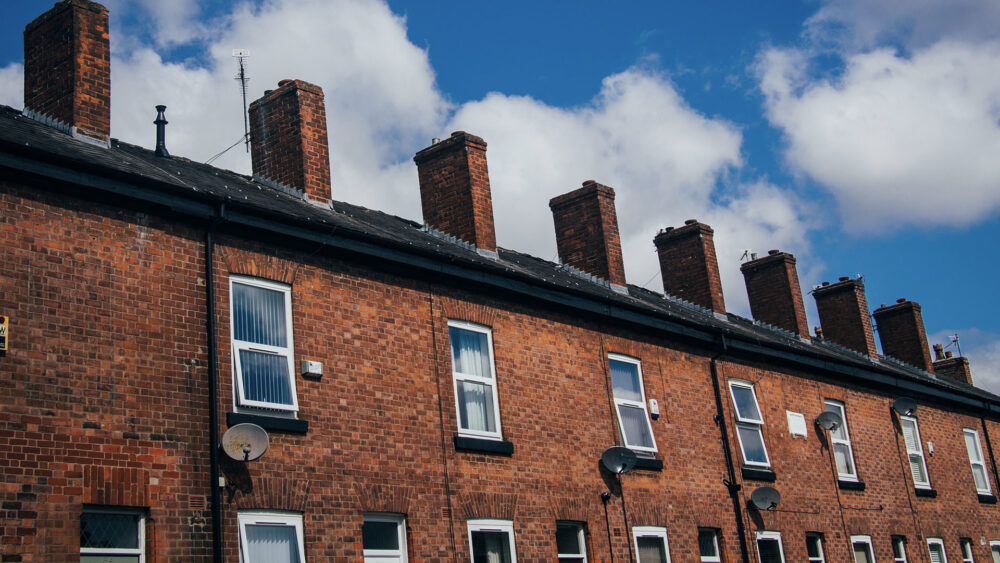Collaboration and innovation are helping Wales’s housing associations overcome development barriers and take on the housing emergency
Clarissa Corbisiero, deputy chief executive of Community Housing Cymru, the voice of Welsh housing associations, discusses how Wales is continuing to drive progress across the social housing sector despite significant economic and development barriers.
Rising mortgage rates for owner-occupiers, and the constantly increasing number of households in temporary accommodation, are the latest of a growing number of key indicators that the UK is facing a housing emergency.
And yet, against this backdrop, Wales is still prioritising building low carbon, social housing at pace and scale.
In fact, it is clear that housing associations, which are currently building 80% of affordable homes in Wales, are key to tackling the housing crisis.
Three factors are supporting our housing association members to continue to invest in building new homes at a time of considerable challenges across the development sector.
First, the cross-party political sentiment that more social housing is one of the main routes out of the housing crisis. Welsh Government has set a 20,000 social homes target providing an accountability mechanism for its work with the social housing sector.
Second, a record-breaking multi-year funding settlement - of over £300 million per annum rising to £330 million during 2023/24 for new social housing - is a demonstration of Welsh Government’s confidence in the sector to invest in partnership with it. During 2021/22 68% of affordable housing units built in Wales were delivered using Welsh Government capital grants alongside investment from social landlords.
There has also been a pragmatic approach to grants to address the exceptional and increasing risks in the development sector driven by the cost of living crisis. Funding has been made available to tackle material cost increases, and the use of existing homes has been maximised through a Transitional Accommodation Capital Programme (TACP), which supports initiatives by local authorities and registered social landlords to provide interim accommodation.
Indeed, the third factor is that while building new homes is crucial, Wales has also recognised the need to maximise all homes available. The TACP aims to do this by working with social landlords to create additional accommodation capacity through remodelling, conversion and using modular accommodation. This scheme has already allowed housing associations to access over £80 million of funding to create housing capacity and maximise the use of existing homes.
The ongoing success of the TACP demonstrates the positive outcomes that can be achieved when Welsh Government and housing associations work in partnership.
However, around 7,000 new homes are needed in Wales every year to meet demand, with half of those homes required to be affordable. Data shows that 2,676 affordable homes were built in 2021/22 with housing associations building 80% of those homes. Evidently, Wales is not immune to the challenges facing the development sector as a whole.
The UK housing sector’s main barriers to development are echoed here in Wales: market conditions and inflation are undeniably having a significant impact on housing associations. Inflation has seen the cost of building materials soar, making it more expensive to build, and difficult for contractors to operate.
Welsh Government has invested funds into tackling rising building material costs and is attempting to remove this specific barrier to help reboot construction. But strain across the planning system is still having a significant impact. Since the Covid-19 pandemic there has been a shortage of planning capacity across Wales to respond to demand, which has caused delays in planning processes and applications.
Further delays have been caused by the increasing complexity of planning and environmental management. Specifically, there are challenges surrounding sustainable drainage and phosphate levels in rivers.
Insight from our members shows that nine housing associations were affected by phosphate issues to the end of May 2021, with 28 schemes due to deliver 1,046 affordable homes at a stand still. While it is encouraging to see a real determined focus to ensure that new homes and high quality environmental management sit hand in hand within the First Minister’s Affordable Housing Phosphate Action plan, this is an issue for which there is no quick fix.
We need to invest now in excellent long-term environmental management to support home building, and align decision making across housing environmental management and climate change to ensure that policy making in one area does not create a problem in another.
Community Housing Cymru is committed to working with housing associations, the Welsh Government and all related organisations to ensure that Wales is a nation where good housing is a basic right for all.
Community Housing Cymru is the voice of housing associations in Wales. It represents 34 not-for-profit housing associations that provide almost 165,000 homes to 10% of the Welsh population.


